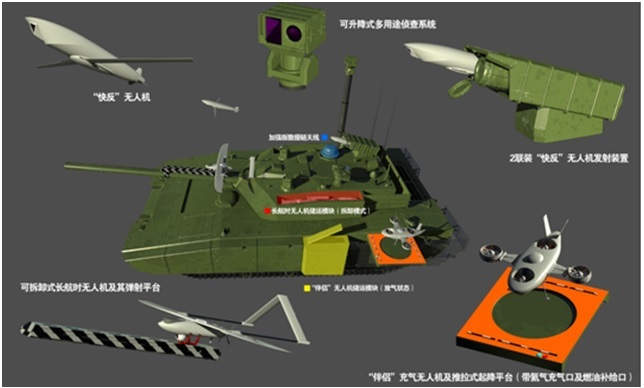Ainen
I really should change my personal text
- Joined
- 25 August 2011
- Messages
- 1,152
- Reaction score
- 1,507
AAA&Small arms are secondary now, because of MANPADS; you don't enter their range/altitude envelope. If anyone still meets AAA threat among fixed wings, it's in fact interdictors, when going for a low altitude penetration.Survivability is more than stealth.
The primary threats for aircraft performing CAS are AAA, small arms, and MANPADS. You need an aircraft that can take a punch and stay in the fight.
On the other hand, CAS aircraft over Ukraine did receive their fair share of SAMs and A2A missiles of all sizes.
Frogfoot, hah. Probably the most shot at aircraft of the last 50 years.That is so true quellish. The A-10 is just such an aircraft, unique in it's ability to take hits and still keep flying even with gapping holes in the airframe. Show me another aircraft that can survive like that.


